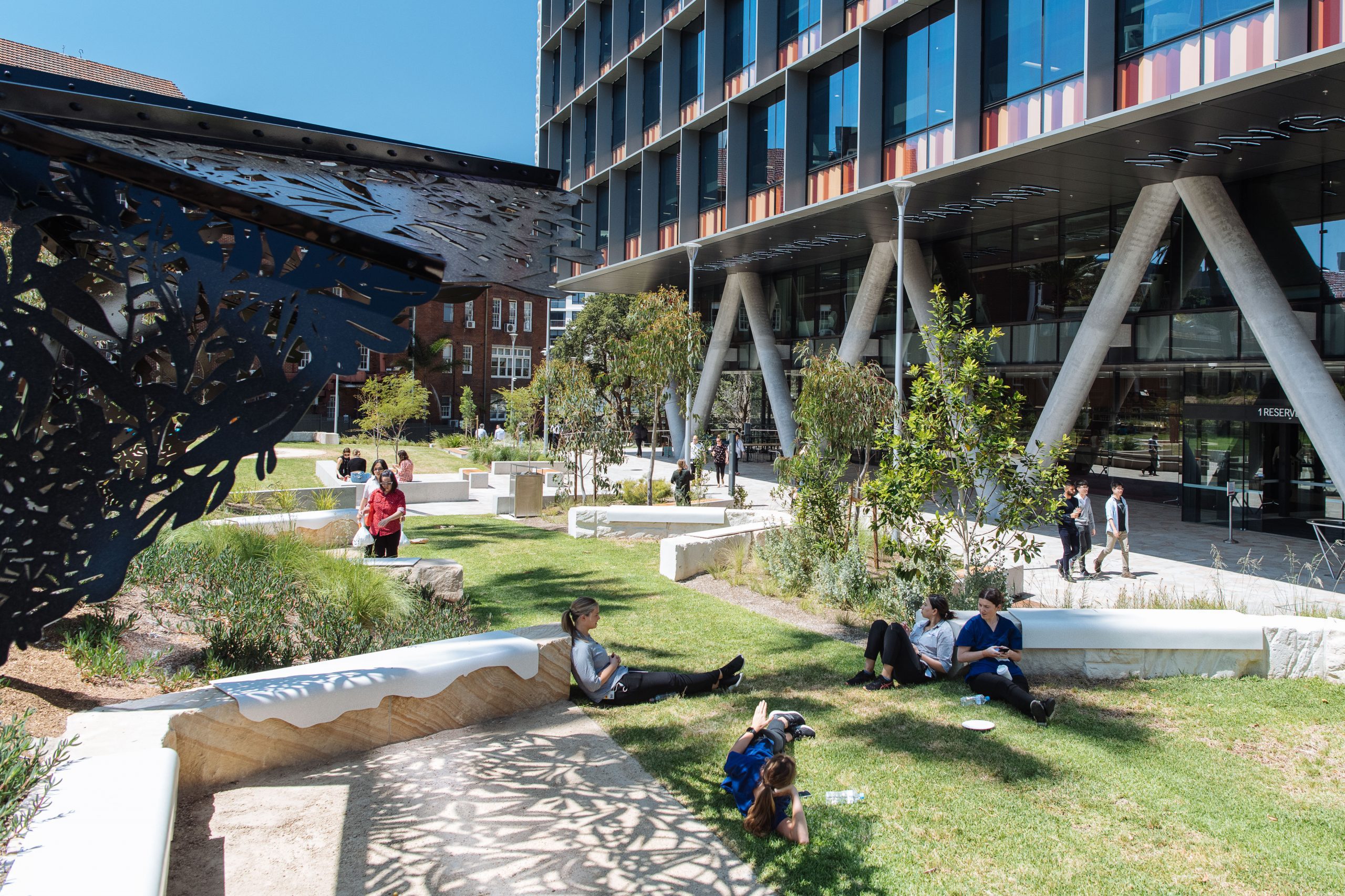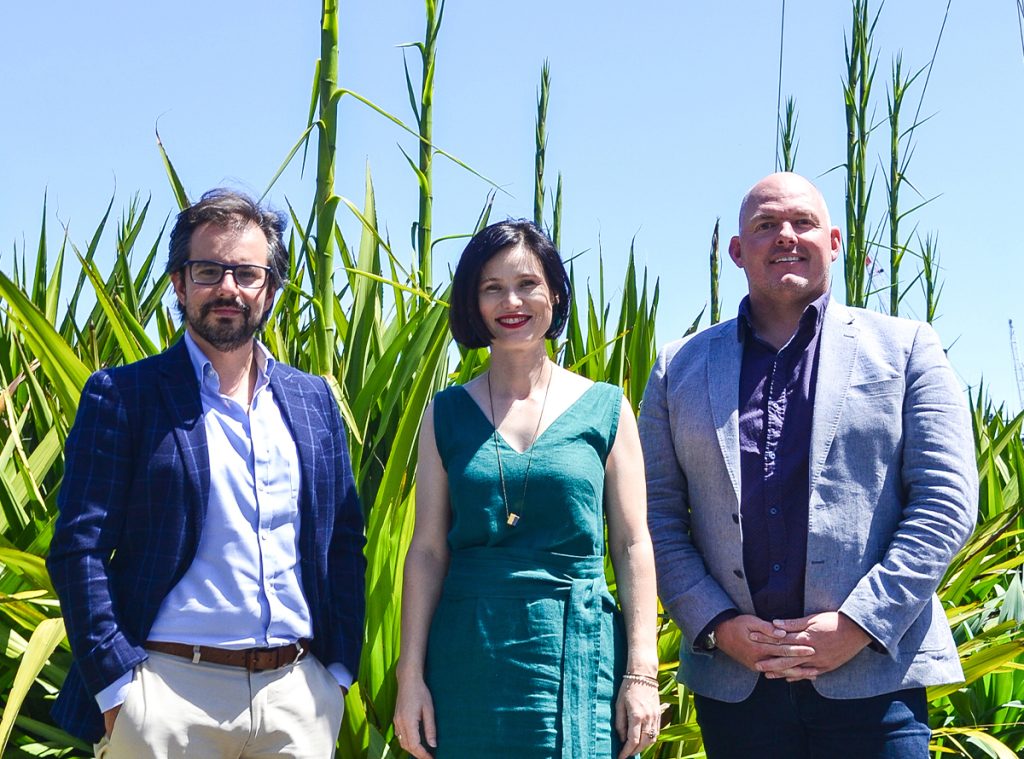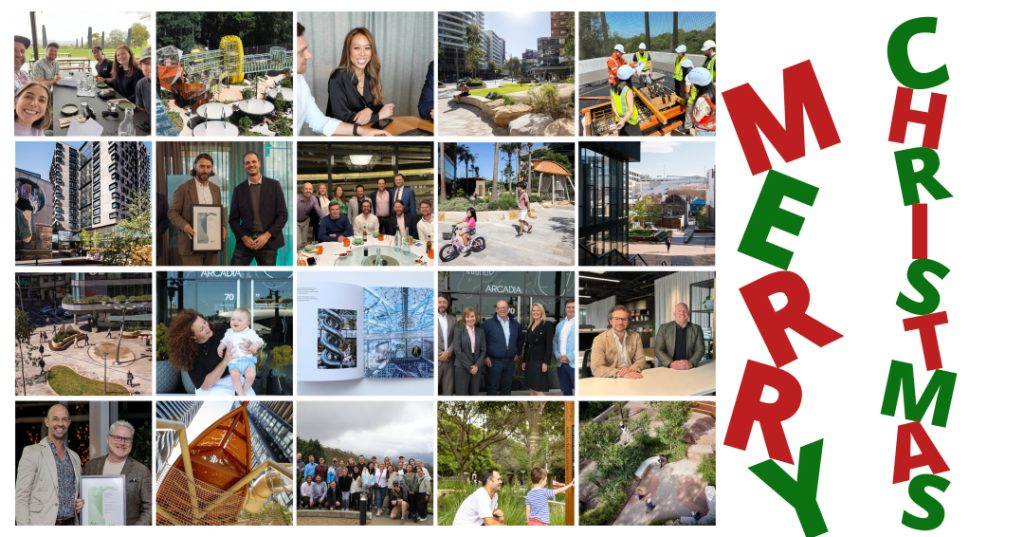As active curators of space, at Arcadia we believe it is our responsibility to ensure we understand our canvas. The best way to do this is by collaborating with First Peoples themselves, throughout and beyond the lifecycle of a project. Anyone already amplifying Indigenous voices in the built environment would know that co-designing spaces with local Knowledge Holders makes for better outcomes on all levels:
- Indigenous-led designs are richer in meaning and narrative
- Spaces are more sustainable on an environmental level
- Materials chosen are longer-lasting and more climate-resilient
- Designs become far more relevant to communities and inclusive towards end users
- Projects become more successful economically
- Cultural awareness across the industry improves
- Conflicts are fewer and further between and
- Projects also become inherently unique, as they are based on a localised story and vision of the First Nations people in that area.


We are proud of the work we have embarked on so far, with some of our key actions including the Arcadia Indigenous Landscape Architecture Scholarship, established in 2016 and expanded across eight universities nationally in 2020.
With the appointment of our first Indigenous Landscape Strategist in 2020, we have continually evolved our whole of staff cultural training and cultural literacy and co-design workshops, conducted with external and internal partners.
In 2020 we began work on Arcadia’s Indigenous Strategy 2020-2030, launched this year to to generate, measure and evaluate our actions towards Indigenous advancement in the built environment. We also worked closely with Dr Daniele Hromek and Kaylie Salvatori to develop the Shaping Country Research Report in 2021. Launched during NAIDOC Week, the report’s aim was to spark conversation and action into the wider built environment industry, so every person in the sector could recognise the role they have to play in progressing past ornamental recognition of Indigenous Australians, to end the colonisation of spaces.
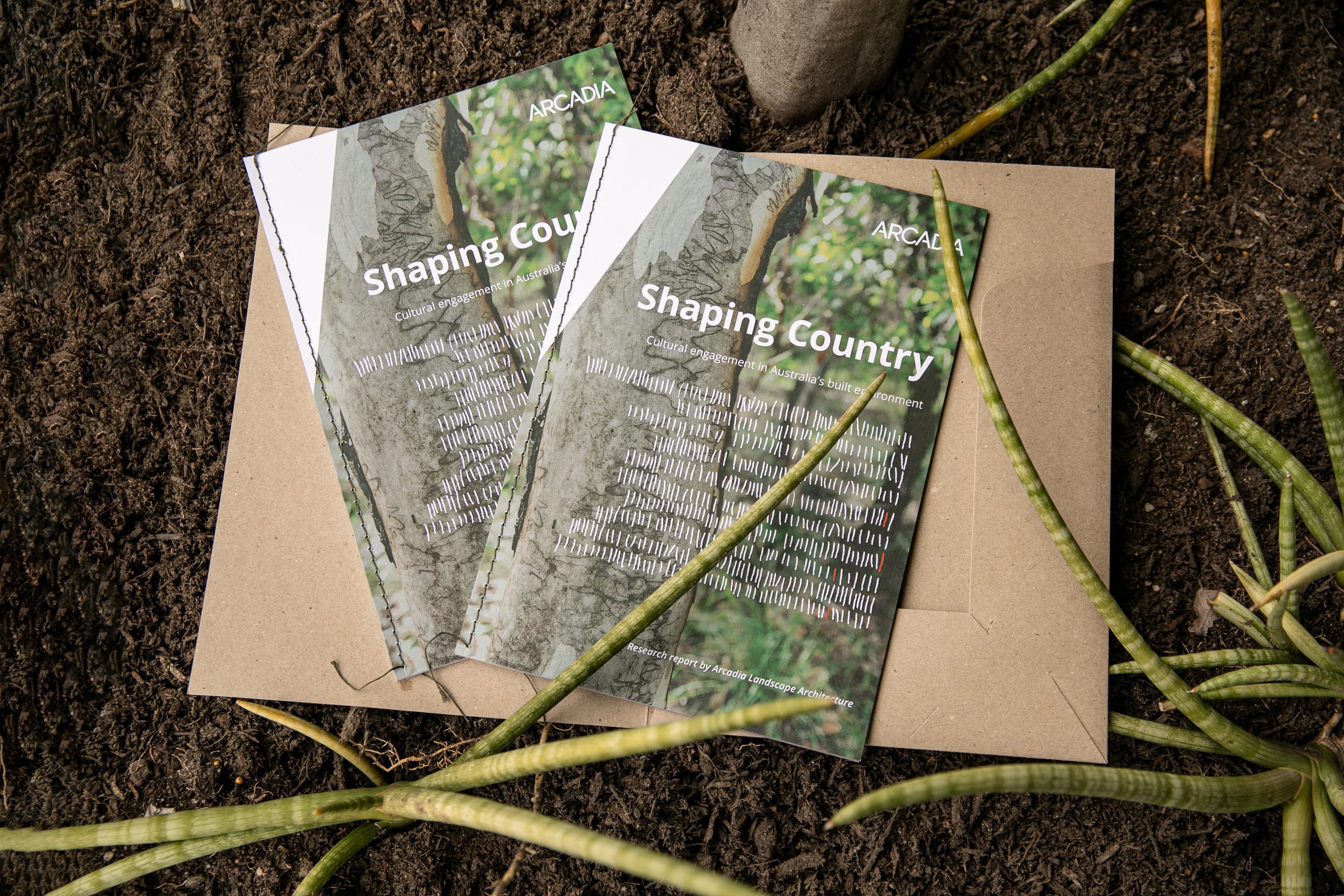

Design process
We’ve proven that when we involve First Nations knowledge holders and cultural leaders from the outset, we’re able to create better performing, more meaningful spaces and reduce conflicts or delays. From experience, this collaborative approach lowers risk and makes projects quicker, time and time again.
We reach out to our growing network of First Nations Knowledge Holders, spatial designers, Elders and community members in the local project area, and listen closely to their interpretation and specific insight of the project, the site and their preferences.
When it comes to the collaboration process itself, we believe that walking on Country with First Nations people should become an embedded research practice when a new site is chosen. At Arcadia, we call these early co-design meetings ‘walkshops’ and they’re important not just in terms of hearing the stories and history of an area from First Nations people themselves, but to experience that land’s significance through all senses and get to know Country up close.
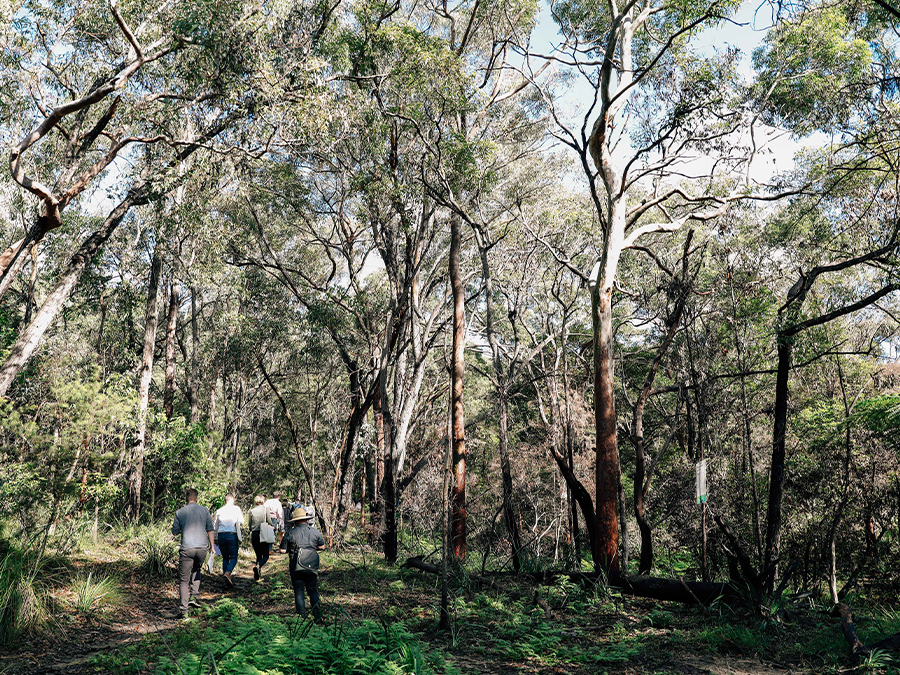

In developing the concept for University of Queensland’s Reconciliation Garden, Arcadia undertook several successful stakeholder workshops with the Reconciliation Garden Steering Committee, which included local Elders and UQ staff from the Aboriginal and Torres Strait Islander Studies Unit and School of Public Health. The sessions were facilitated by Arcadia’s Indigenous landscape architect and led to the design of a contemporary reconciliation and medicinal garden. Not only is the garden intended to celebrate local Indigenous culture, but it is also a place where students, staff and the community can come together.


1 Reserve Road is home to the St Leonards Health Organisation Relocation (SHOR), where NSW Ministry of Health staff come to work and connect. The building sits on Cammeraygal Country where the Guringai clan once lived – known for their strong connection to the land, and their use of elements such as water, fire and vegetation as part of the healing process. Arcadia was selected to shape the new SHOR public domain, increasing amenity and useable open space for diverse users to commute, collaborate or meet socially, celebrating a legacy of human connection and healing onsite. Connection to Cammeraygal Country forms the cornerstone of the design, with Indigenous history and contemporary First Nations culture integrated to communicate the longer narrative and give people the opportunity to reflect while spending time there. Arcadia conducted half a dozen meetings with First Nations people on the design committee throughout development. Planting formed a significant part of our consultation, with nature itself overlaying a sense of the site’s Indigenous relevance.


Arcadia Landscape Architecture has conceptualised and delivered the landscape and public realm for the Susan Wakil Health Building on Gadigal country at the University of Sydney. The Susan Wakil Health Building was designed as an extension of the landscape, embodying the University’s Wingara Mura design principles. With the Susan Wakil Health Precinct located at the intersection of two waterways historically significant and sacred to the Gadigal people, the design team worked together to create a precinct that shares the narrative and cultural significance of this site. The Wakil Gardens are an interpretation of the cycle of healing, stirring the body, mind and soul to reflect the Gadigal people’s approach to healing through the engagement of all the human senses. Arcadia’s landscape strategy reimagines the fundamental effects of the landscape character in a contemporary setting, to engage the senses and elicit a physiological response to place.


